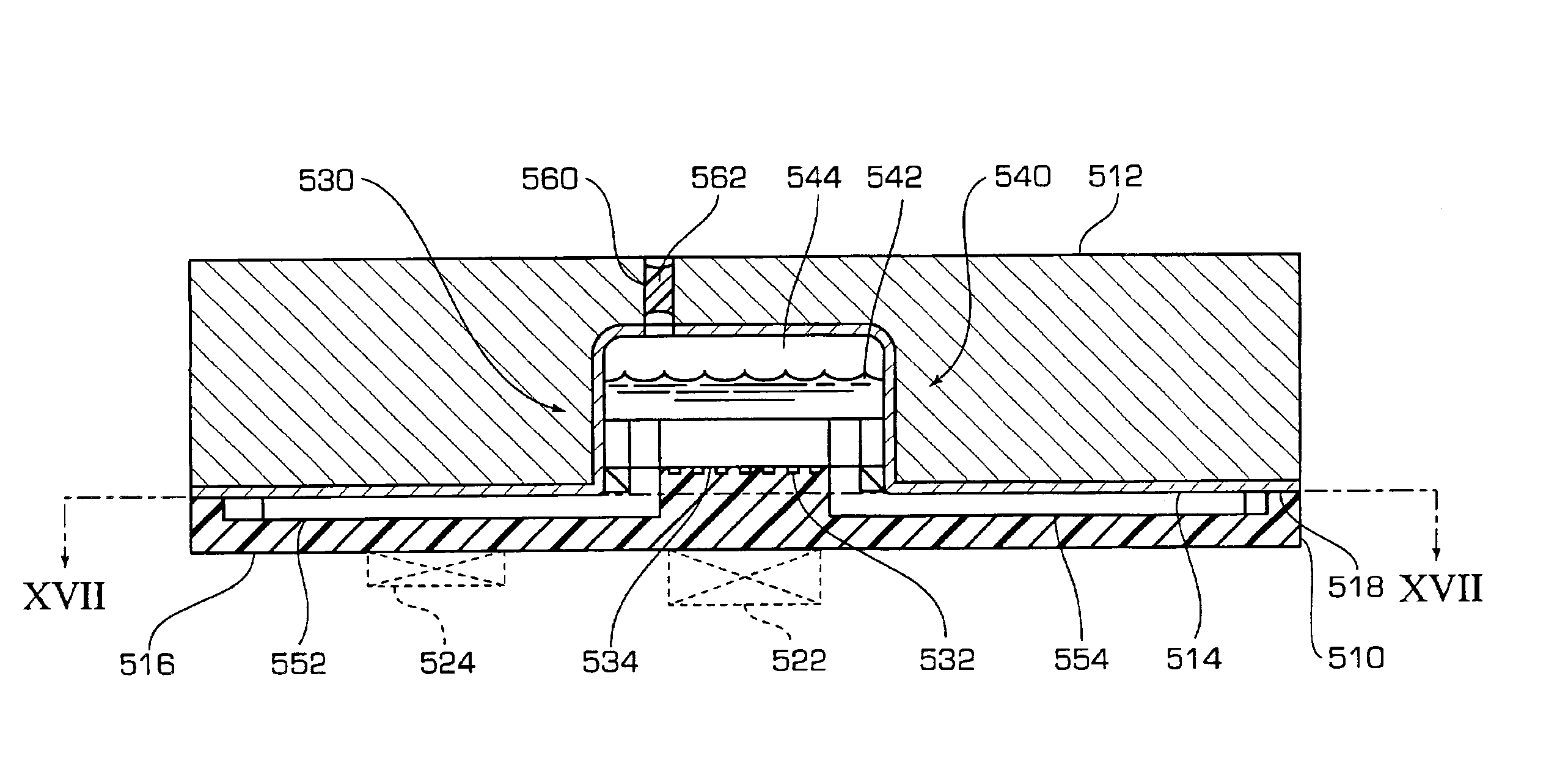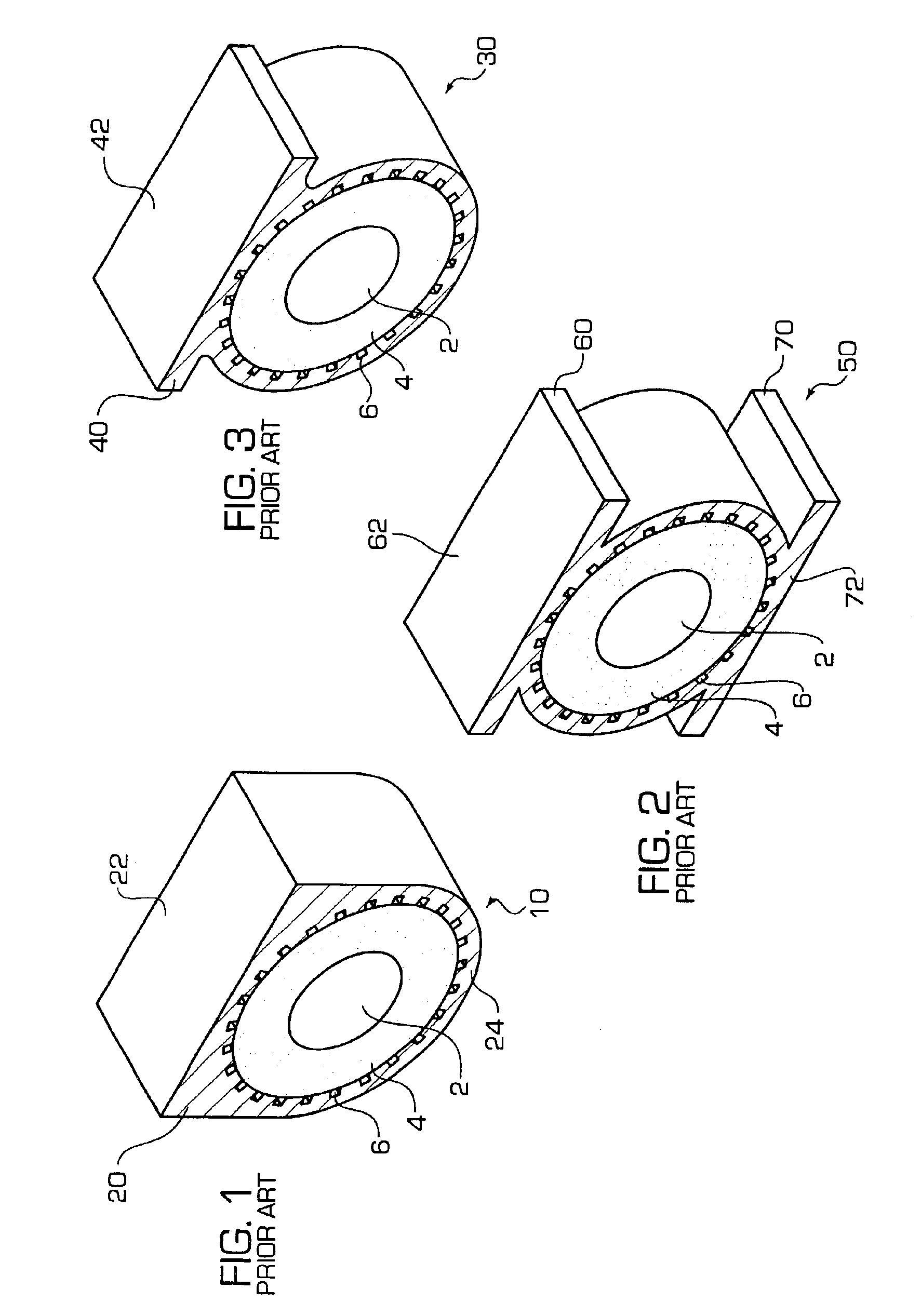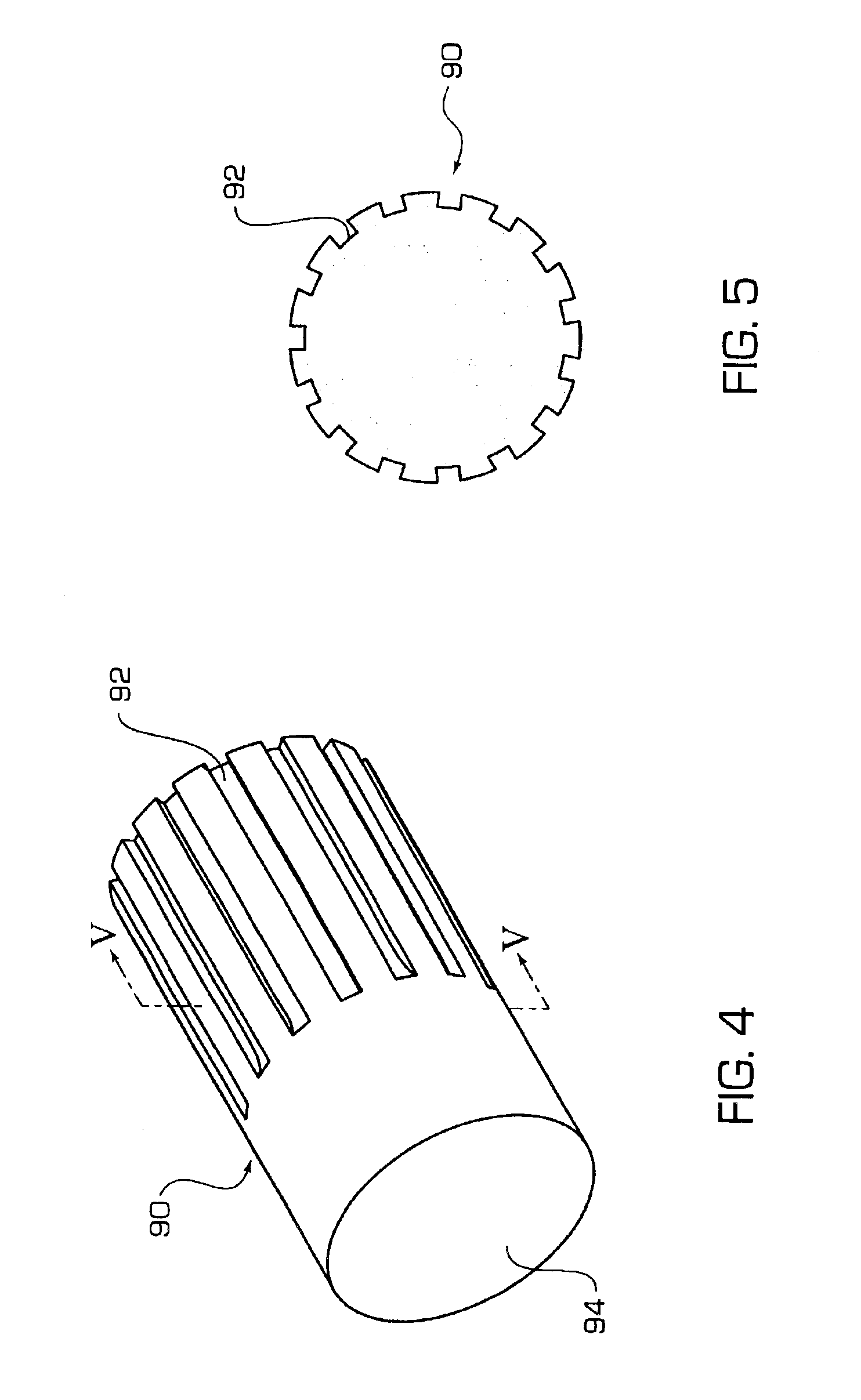Wick having liquid superheat tolerance and being resistant to back-conduction, evaporator employing a liquid superheat tolerant wick, and loop heat pipe incorporating same
a technology of liquid superheat tolerance and resistance to back-conduction, which is applied in the direction of indirect heat exchangers, lighting and heating apparatus, and semiconductor/solid-state device details, etc. it can solve the problems of large temperature gradients across the wick, static height differentials, or other forces that are too great to allow proper heat transfer, and the cylindrical geometry of the cylindrical evaporator. achieve the effect of improving back-conduction performan
- Summary
- Abstract
- Description
- Claims
- Application Information
AI Technical Summary
Benefits of technology
Problems solved by technology
Method used
Image
Examples
working example
[0141
[0142]A working example according to a flat capillary evaporator embodiment of the present invention is described as follows.
[0143]Ammonia is chosen as the working fluid. This is a high-pressure working fluid. The vapor pressure of ammonia at 60° C. is 2600 kPa. Accordingly, the tensile strength of the wick and the bond should be at least about 6500 kPa. The wick is stainless steel because of its high strength properties and its resistance to corrosion in an ammonia environment.
[0144]The active length of the heat input surface of the evaporator is 2 inches. A high heat flux of 40 W / in.2 over 0.25 in. is located near the liquid manifold, with a load of 1 W / in.2 over the remainder of the heat input surface.
[0145]Referring to FIG. 18, performance curves for the exemplary flat plate evaporator are illustrated on a graph. The thin solid line curve represents available capillary pressure rise (ΔPCAPILLARY), the broken line curve represents evaporator pressure drop (ΔPDROP), and the t...
PUM
| Property | Measurement | Unit |
|---|---|---|
| melting point | aaaaa | aaaaa |
| length | aaaaa | aaaaa |
| taper angle | aaaaa | aaaaa |
Abstract
Description
Claims
Application Information
 Login to View More
Login to View More - R&D
- Intellectual Property
- Life Sciences
- Materials
- Tech Scout
- Unparalleled Data Quality
- Higher Quality Content
- 60% Fewer Hallucinations
Browse by: Latest US Patents, China's latest patents, Technical Efficacy Thesaurus, Application Domain, Technology Topic, Popular Technical Reports.
© 2025 PatSnap. All rights reserved.Legal|Privacy policy|Modern Slavery Act Transparency Statement|Sitemap|About US| Contact US: help@patsnap.com



